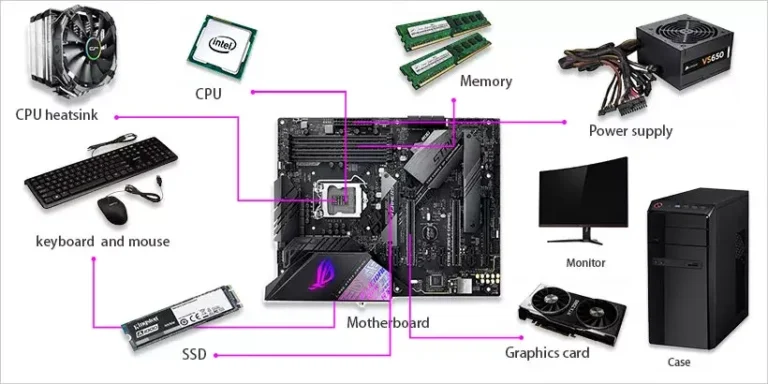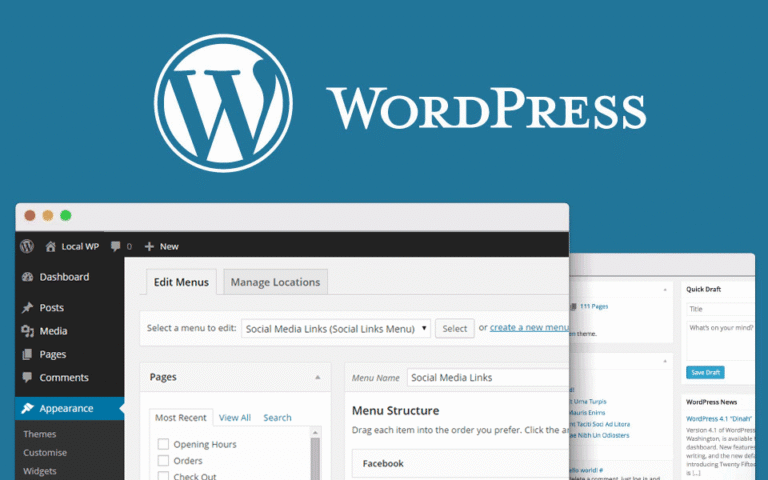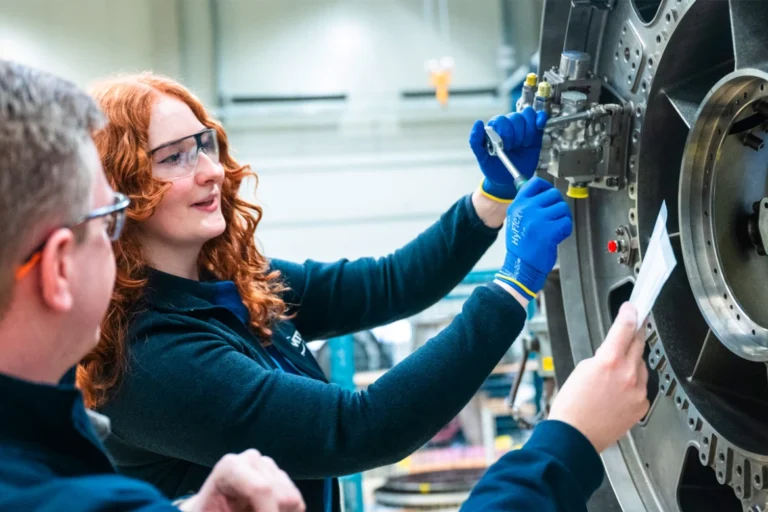
Learn how to build a motor bike from scratch with this DIY guide. Get expert tips on engine, brakes, wiring, and safety for your custom bike project.
Why Build a Motor Bike Yourself?
Have you ever dreamed of riding a motor bike you built with your own hands? Whether you’re into custom choppers, street racers, or off-road bikes, building your own motorcycle from the ground up is an exciting and rewarding project.
Not only does it give you complete control over performance and design, but it also helps you develop valuable mechanical skills. With this step-by-step guide on how to build a motor bike, you’ll learn every essential detail—from frame selection to final test ride.

Step-by-Step Process: How to Build a Motor Bike
1. Plan Your Build and Choose a Frame
First, decide on the type of bike: street, cruiser, dirt, or cafe racer. Then, choose a compatible frame or build one from steel tubing.
2. Install the Engine
Mount the engine into the frame using brackets. Make sure the alignment is accurate to ensure proper chain tension and power transfer.
3. Add Wheels and Tires
Mount the front and rear wheels. Choose tires based on your intended use—street tires for smooth roads or knobby ones for off-road trails.
4. Fit the Suspension System
Install front forks and rear shocks to give the bike stability and shock absorption.
5. Attach the Handlebars and Controls
Bolt on the handlebars and connect the throttle, clutch lever, and brake levers. Run cables properly and secure them with zip ties.
6. Install the Brakes
Add disc or drum brakes. Adjust brake pads and test the system before continuing.
7. Connect the Wiring System
Wire the ignition, lights, battery, and switches. Use a multimeter to check for electrical continuity and avoid short circuits.
8. Mount the Fuel Tank and Exhaust
Secure the fuel tank to the frame. Connect the fuel line to the carburetor or fuel injector. Then, attach the exhaust pipe properly to the engine.
9. Install the Seat and Foot Pegs
Bolt on a comfortable seat. Attach foot pegs at the proper ergonomic angle for safe riding.
10. Test and Tune the Bike
Check every bolt, wire, and system. Start the engine, listen for odd sounds, and test ride carefully on private property.
What you’ll Need to Get Started
Before you begin, gather the right tools and motorcycle parts to make the process smoother.
Tools:
- Wrenches and socket set
- Screwdrivers
- Drill and metal bits
- Multimeter (for wiring)
- Welding machine (for custom frame work)
- Jack or bike lift
- Safety gear: gloves, eye protection, helmet
Parts Checklist:
| Component | Purpose |
| Frame | Base structure |
| Engine | Power unit (2-stroke or 4-stroke) |
| Fuel Tank | Holds gasoline |
| Wheels | Front and rear movement |
| Tires | Traction and shock absorption |
| Brakes | Safety and stopping |
| Suspension | Ride comfort and control |
| Handlebars | Steering |
| Wiring | Electrical system |
| Battery | Powers ignition and lights |
| Exhaust | Reduces noise and emissions |
| Seat | Rider comfort |
| Lights | Required for street use |
Step-by-Step Process: How to Build a Motor Bike
1. Plan Your Build and Choose a Frame
First, decide on the type of bike: street, cruiser, dirt, or cafe racer. Then, choose a compatible frame or build one from steel tubing.
2. Install the Engine
Mount the engine into the frame using brackets. Make sure the alignment is accurate to ensure proper chain tension and power transfer.
3. Add Wheels and Tires
Mount the front and rear wheels. Choose tires based on your intended use—street tires for smooth roads or knobby ones for off-road trails.
4. Fit the Suspension System
Install front forks and rear shocks to give the bike stability and shock absorption.
5. Attach the Handlebars and Controls
Bolt on the handlebars and connect the throttle, clutch lever, and brake levers. Run cables properly and secure them with zip ties.
6. Install the Brakes
Add disc or drum brakes. Adjust brake pads and test the system before continuing.
7. Connect the Wiring System
Wire the ignition, lights, battery, and switches. Use a multimeter to check for electrical continuity and avoid short circuits.
8. Mount the Fuel Tank and Exhaust
Secure the fuel tank to the frame. Connect the fuel line to the carburetor or fuel injector. Then, attach the exhaust pipe properly to the engine.
9. Install the Seat and Foot Pegs
Bolt on a comfortable seat. Attach foot pegs at the proper ergonomic angle for safe riding.
10. Test and Tune the Bike
Check every bolt, wire, and system. Start the engine, listen for odd sounds, and test ride carefully on private property.
Tips for Better Performance and Safety
- Always wear proper riding gear
- Double-check chain alignment
- Use a torque wrench on critical bolts
- Add LED lights for visibility
- Upgrade to a lithium battery for lighter weight
Using Transition Words to Improve Flow
First, plan your build carefully. Next, collect all required tools and parts. Then, begin with frame assembly and install the engine. After that, move on to wiring, brakes, and controls. Finally, test the bike and enjoy the ride!
Customization Ideas
- Install a digital dashboard
- Use clip-on handlebars for sport bikes
- Choose matte or chrome finishes
- Add custom paint and decals
- Install Bluetooth speakers or USB chargers
Cost Comparison: Build vs. Buy
| Option | Estimated Cost | Customization | Skill Required |
| DIY Build | $800–$3000 | Full | High |
| Pre-Built Bike | $1000–$8000+ | Limited | Low |
While building a motor bike costs time and effort, it gives you unmatched control over features and appearance.
Frequently Asked Questions (FAQs)
Q1: Is it legal to build your own motor bike?
Yes, but local laws may require safety inspections, VIN assignments, and registration before it’s street legal.
Q2: How long does it take to build a motor bike?
A basic build can take 20–60 hours depending on your experience and the bike’s complexity.
Q3: Do I need welding skills?
Not always. Many DIY kits and bolt-on frames exist, but welding helps with custom builds.
Q4: What type of engine should I use?
A 4-stroke engine is more durable and fuel-efficient. Sizes between 125cc–250cc are ideal for beginners.
Q5: Can I ride the bike without registering it?
Only on private property. For public roads, it must meet all legal and safety requirements.
Q6: What’s the hardest part of the build?
Wiring can be tricky for beginners. Take your time and use a wiring diagram.
Conclusion: Ride What You Build
Building a motorcycle is more than just assembling parts—it’s a personal journey of learning, creativity, and craftsmanship. With the knowledge of how to build a motor bike, you’re now equipped to start your own custom ride.





